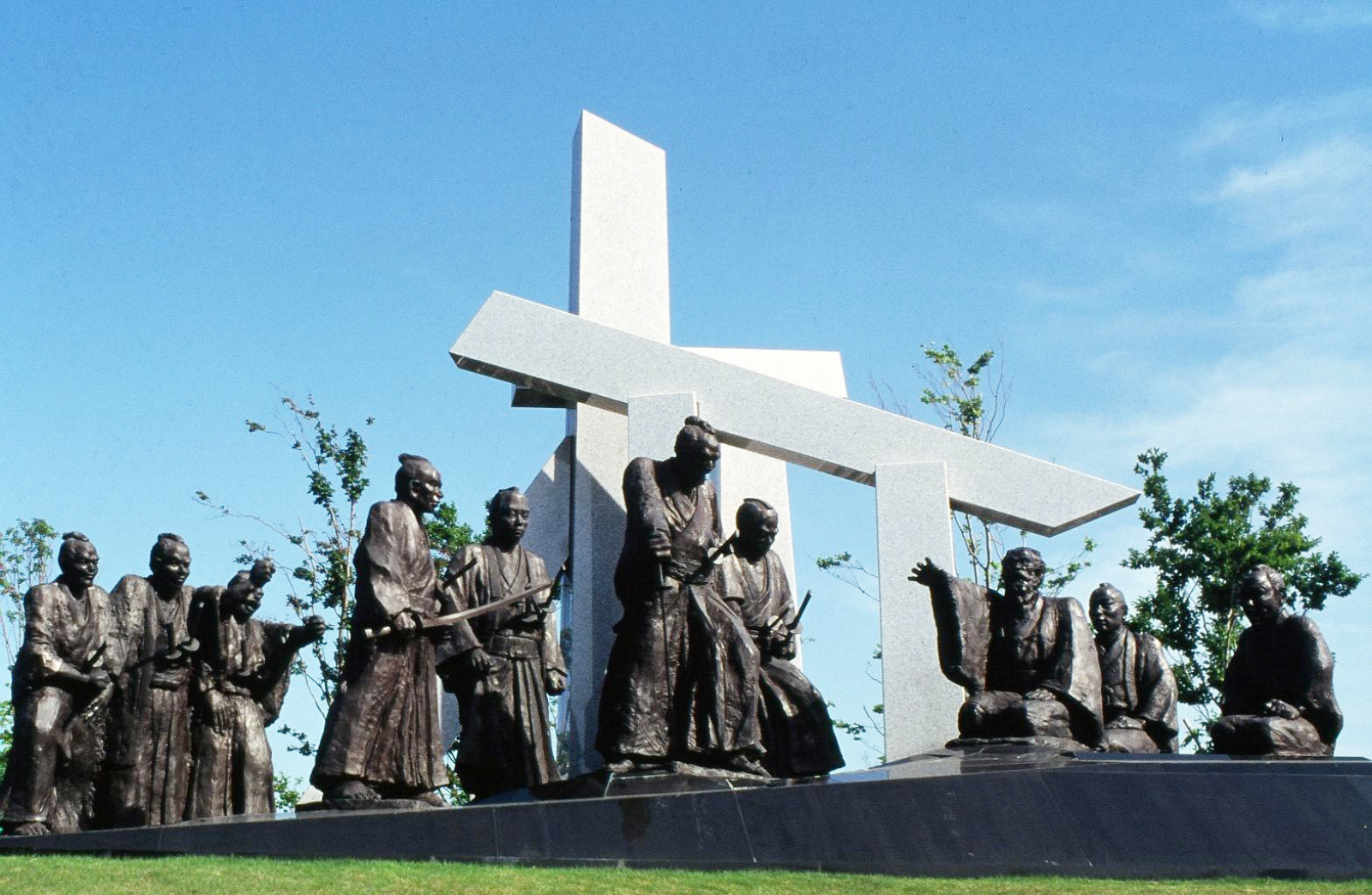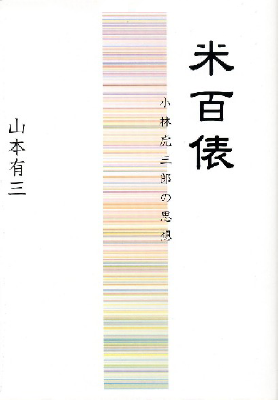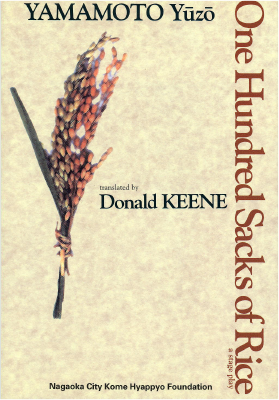牧野家統治のもと城下町として栄えた長岡
Under the reign of the Lord of the Makino Clan, Nagaoka flourished as a castle town for 250 years from 1618.
戊辰戦争に敗北し、焦土と化した長岡は食糧難に
In 1868, the Boshin Civil War broke out across Japan. Nagaoka was defeated and reduced to rubble. After the fall of Nagaoka Castle, there was no food and little hope of survival.
支藩の三根山藩より救援米百俵が届く
In 1870, the Mineyama Domain, an allied province, sent a relief package of one hundred sacks (6 tons) of rice to the war-devastated Nagaoka Domain. However, the rice was not distributed to the starving people.

Torasaburo Kobayashi (1828 – 1877)
未来を担う青少年のために米を売った基金で学校設立を説得した大参事 小林虎三郎
Torasaburo Kobayashi, the Grand Councilor, insisted that the rice be sold and that the funds raised be used to establish a school in order to foster young people, who would all be responsible for the future.
Against hostile opposition, Kobayashi persuaded the clansmen to sell the rice to raise funds to establish a school named Kokkan Gakkô.
米の分配をせまる藩士を説得し、教育の大切さを強調した小林虎三郎
Many of the clansmen insisted that the rice be distributed amongst the clan. Torasaburo Kobayashi convinced them saying, “Whether a country rises or falls, whether a town flourishes or decays, the answer lies in every instance with the people. Don’t think only of present-day problems. Think hard about the future. We need a school to educate children, because we are starving now.”

山本有三作の戯曲「米百俵」
This historic incident was widely introduced by the drama entitled “Kome Hyappyô (One Hundred Sacks of Rice)” written by a well-known Japanese playwright, Yuzo Yamamoto (1887-1974).
戯曲「米百俵」、英語とスペイン語に翻訳され国内外でも紹介
The play was translated into English and Spanish. Many people were deeply moved by Kobayashi’s philosophy of educational commitment. With the concept stressing that “city development is dependent on nurturing people,” the Spirit of One Hundred Sacks of Rice has drawn people’s attention both at home and abroad.


歌舞伎座、長岡市立劇場、中米ホンジュラスの国立劇場でも上演された戯曲「米百俵」
The play was on stage at the Kabukiza Theater in Tokyo and at the Municipal Auditorium in Nagaoka. The play, entitled “Cien Sacos de Arroz” in Spanish, was also performed by students of the National Theater Drama School in Honduras in 2003. Encouraged by the story of One Hundred Sacks of Rice, a movement to establish schools named “Kome Hyappyô “ arose in Honduras. Between 2004 and 2016, 100 Kome Hyappyô schools were built in Honduras.
戯曲「米百俵」、ベンガル語にも翻訳され、バングラデシュの諸都市で48回上演、観客総数約2万4千人
The play was even translated from English to Bengali. In 2016, a theatrical company was formed in Bangladesh to perform this play, which was on stage 48 times in more than 10 cities in Bangladesh, drawing a total of nearly 24,000 spectators.
国漢学校の卒業生は長岡市や日本の発展に貢献
In later days, many graduates from Kokkan Gakkô played leading roles in developing our city and nation. Citizens of Nagaoka continue to take pride in and draw courage from the philosophical teaching known as “The Spirit of Kome Hyappyô,” believing that education is a vital source for city development.
長岡市民の誇り「米百俵」の精神
The Spirit of One Hundred Sacks of Rice, a guiding principle developed from this historic incident, has been continually handed down from generation to generation and plays an essential role in guiding the people of Nagaoka. This guiding principle is the origin of Nagaoka’s commitment to education. The citizens of Nagaoka continue to take pride in and draw courage from this guiding principle.

